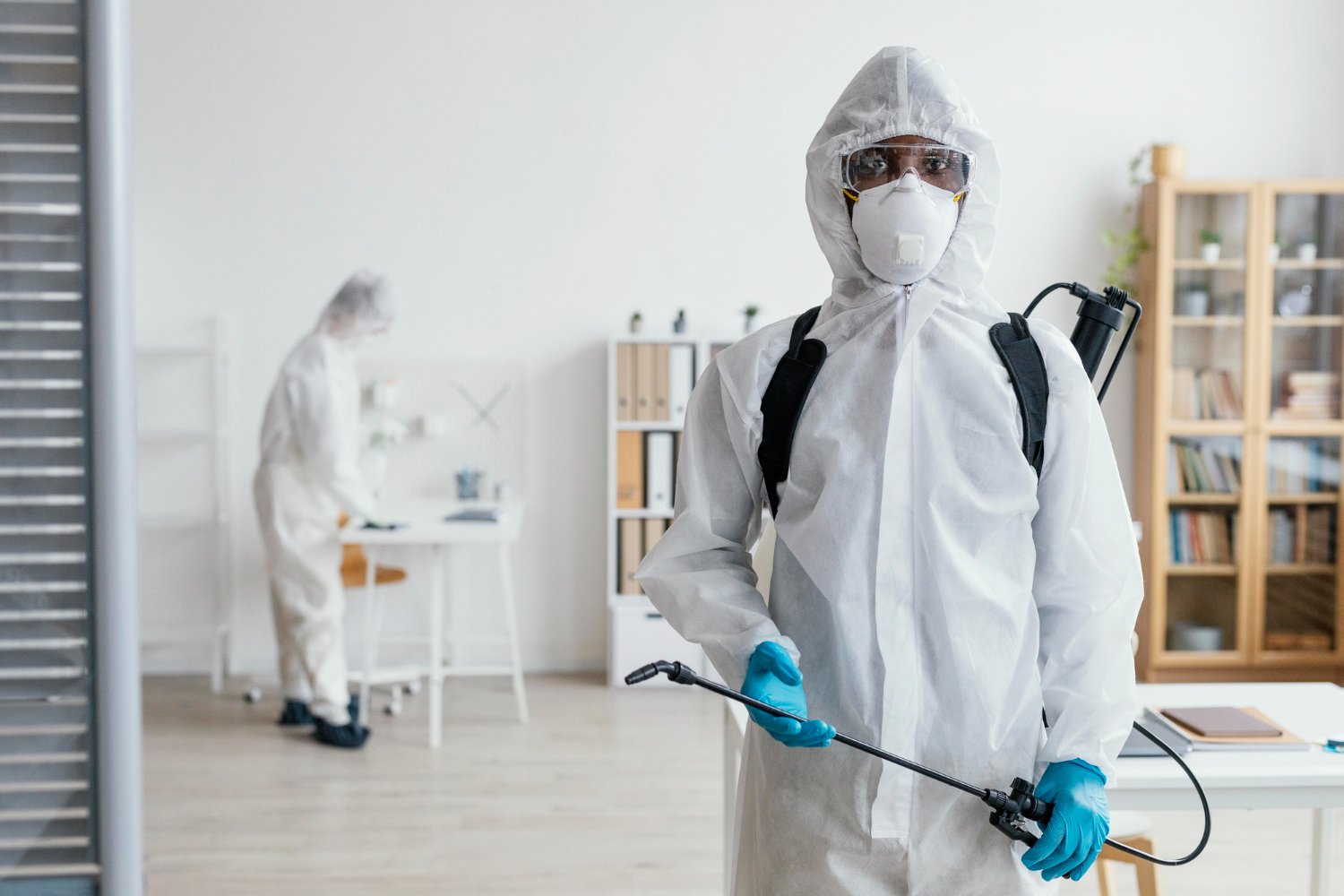Bed Insect Therapy Failure: Comparing Chemical Vs. Non-Chemical Solutions
In the world of pest control, especially when managing the consistent concern of bed insects, the choice in between chemical and non-chemical treatment options can be an essential one. Both approaches offer unique advantages and drawbacks, affecting variables such as efficiency, safety and security factors to consider, and total price. By examining the nuanced information of each approach, a more clear understanding of which path to go after in attending to a bed bug invasion can be obtained.
Effectiveness of Chemical Therapies
Chemical therapies for bed bug infestations have been extensively recognized for their fast and potent effectiveness in eliminating these parasites. When taking into consideration the effectiveness of chemical therapies, it is important to comprehend that they can supply a complete and quick option to a bed bug issue.
Furthermore, chemical therapies have the benefit of using residual impacts, indicating that they can remain to remove bed bugs also after the initial application. This residual activity is particularly useful in combating any type of prospective re-infestations. Furthermore, the fast activity of chemical therapies can bring alleviation to individuals encountering severe bed insect invasions, permitting them to gain back control of their living areas promptly.
Safety Worry About Chemical Solutions
When utilizing chemical remedies for bed bug therapy is ensuring the safety of passengers and the setting,One vital facet that requires careful consideration. While chemical treatments can be effective in eradicating bed bugs, they may position risks otherwise dealt with correctly. Among the key safety and security concerns with chemical services is the possible injury they can create to human wellness. Direct exposure to certain chemicals used in bed insect therapies can lead to respiratory system problems, skin irritability, or various other negative responses, especially in people with pre-existing conditions or sensitivities. Additionally, incorrect application or dosage of chemical pesticides can result in hazardous residues remaining in the cured location, presenting long-term health and wellness dangers to owners.
Moreover, the ecological impact of chemical options is an additional considerable consideration. Some chemicals used in bed insect therapies may be unsafe to advantageous bugs, wildlife, and ecological communities if they leach right into the soil or water systems. It is vital to utilize chemical treatments sensibly, adhering to safety and security standards, and thinking about much less hazardous options to reduce these threats and make certain the risk-free and reliable administration of bed bug problems.
Advantages of Non-Chemical Methods
Thinking about the possible security problems and environmental effect connected with chemical remedies for bed pest therapy, exploring non-chemical approaches presents an encouraging alternative with several unique advantages. Non-chemical techniques offer a more secure option for homes, specifically those with children, individuals, or family pets sensitive to harsh chemicals. These techniques remove the dangers of direct exposure to harmful materials, decreasing the potential for unfavorable health and wellness effects. Additionally, non-chemical therapies are eco-friendly, as they do not add my site to air or water air pollution, making them a lasting choice for insect control.
Furthermore, non-chemical solutions can be efficient in targeting bed bugs, including hard-to-reach areas where chemical therapies may not pass through - A1 bed bug exterminator charlotte. Methods such as heat therapy, vacuuming, heavy steam cleaning, and cushion encasements provide comprehensive eradication without the use of harmful chemicals.
Limitations of Non-Chemical Treatments

In addition, non-chemical therapies usually need several applications to my sources achieve effective obliteration. This can be taxing and might not constantly assure total elimination of all bed bugs and their eggs, particularly in hard-to-reach or covert places.
Additionally, the success of non-chemical therapies greatly relies upon appropriate application and thoroughness, which can be challenging for individuals without expert expertise. Inadequate application of non-chemical methods might cause insufficient removal, causing relentless problems and the demand for extra therapies.
For that reason, while non-chemical treatments have their advantages, it is necessary to acknowledge these constraints and consider them when establishing the most reliable technique for taking care of bed insect invasions.
Expense Contrast: Chemical Vs. Non-Chemical Options
Given the limitations linked with non-chemical therapies, a vital aspect to assess in the context company website of bed bug administration is the expense comparison in between chemical and non-chemical choices. In contrast, non-chemical therapies like warm therapy or heavy steam can be extra pricey, with expenses ranging from $1,000 to $6,000 for a whole home. While the initial expense of chemical treatments may appear reduced, several treatments may be required to completely eradicate the invasion, potentially enhancing the overall cost.
Verdict

Considering the potential security concerns and ecological influence connected with chemical solutions for bed insect therapy, exploring non-chemical methods offers a promising alternative with numerous distinctive benefits.Provided the restrictions associated with non-chemical treatments, a crucial aspect to examine in the context of bed pest management is the price contrast between chemical and non-chemical options. In contrast, non-chemical treatments like warmth treatment or steam can be much more pricey, with prices varying from $1,000 to $6,000 for an entire home. While the initial cost of chemical therapies may seem lower, several treatments might be required to totally eliminate the invasion, potentially boosting the overall expense.In verdict, when contrasting chemical and non-chemical bed pest therapy choices, it is important to think about effectiveness, safety and security, advantages, limitations, and price.